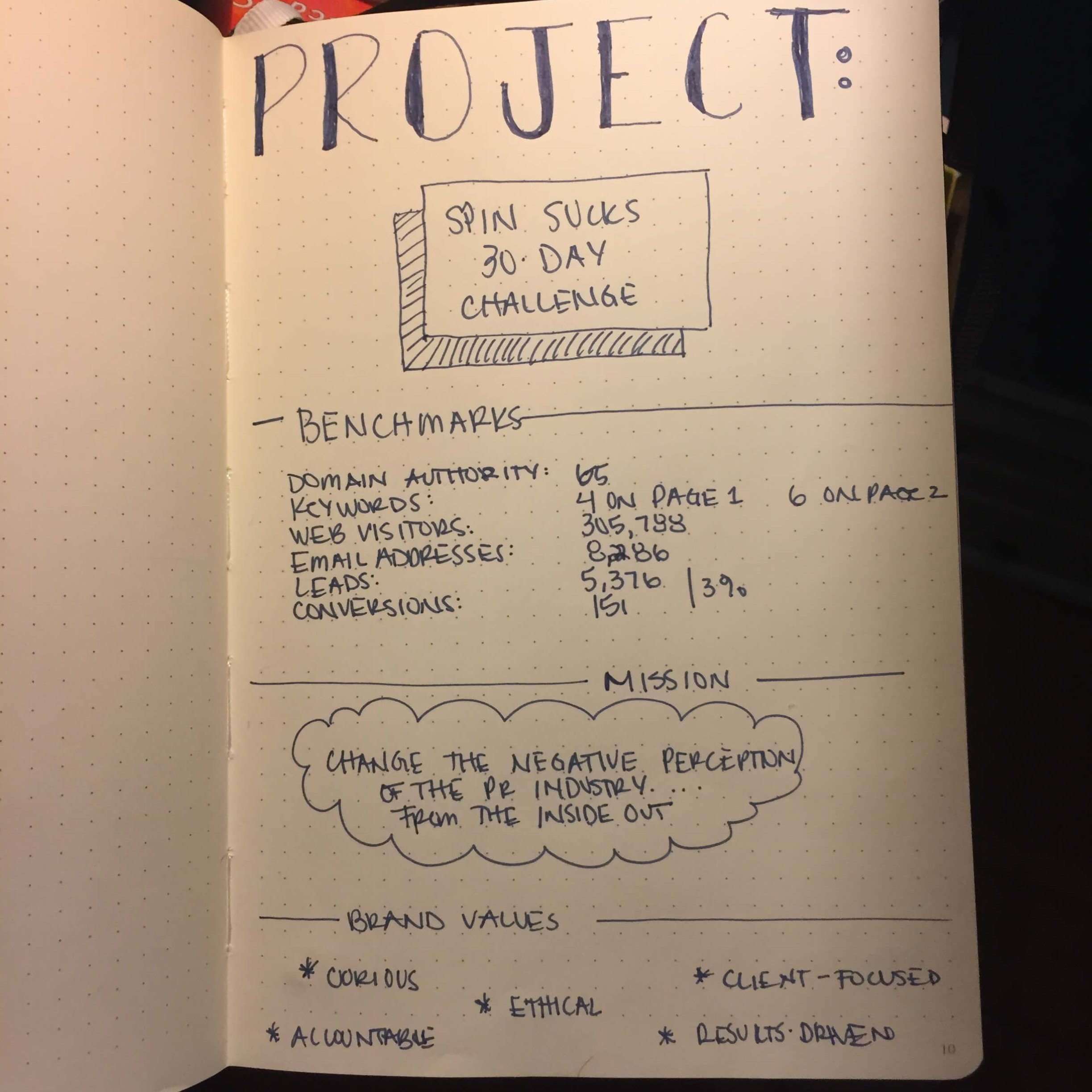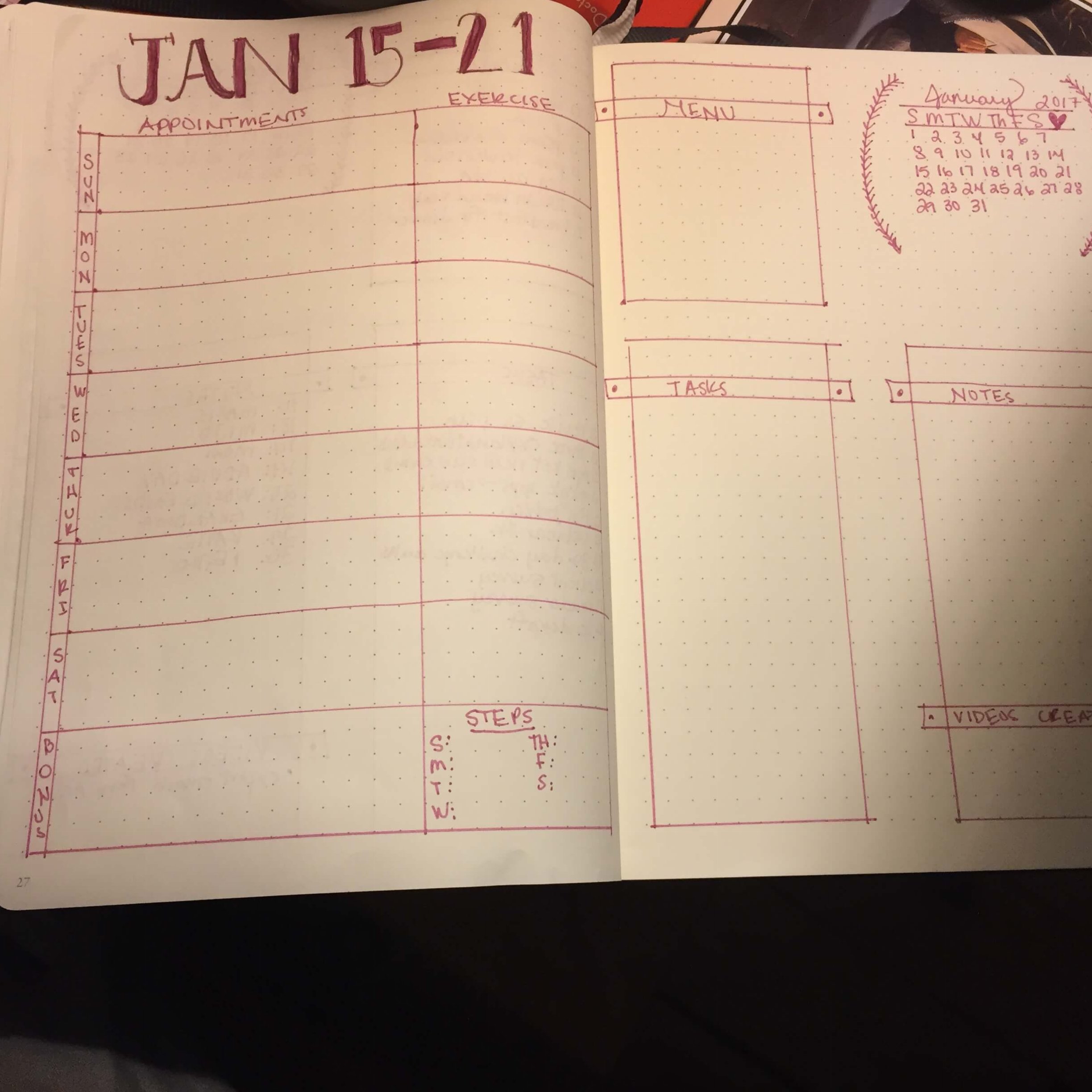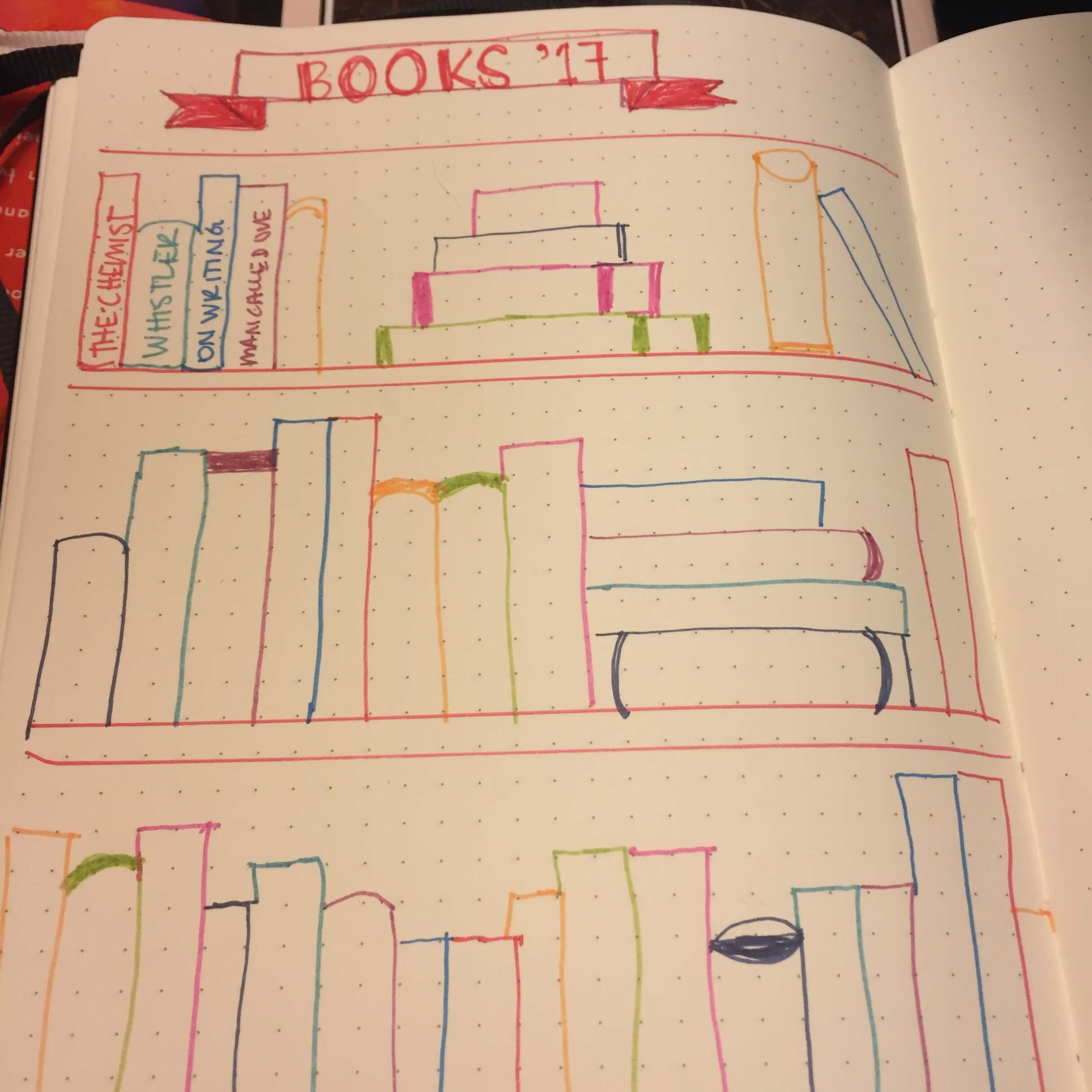 Yesterday was National Clean Off Your Desk day, which I feel like is a strange time of year to have it.
Yesterday was National Clean Off Your Desk day, which I feel like is a strange time of year to have it.
July makes more sense.
Not less than a week after you go back to work after the holidays.
But hey!
No one asked me.
So we shall celebrate it now, instead of in July.
The point of the “holiday” is to begin your new year with a clean desk.
This is what they have to say:
This day is an opportunity to begin your new year with a clean and organized workspace. Whether your desk is in a private or shared office, cubicle, home or a make-shift desk on the counter, having your workspace uncluttered, organized, refreshed, and clean will help you work more efficiently and give you a sense of serenity.
Clean your desk and use #CleanOffYourDeskDay to post on social media.
Because you can guess my desk is already clean (I did it before the holidays so I wouldn’t come back to a messy desk), I’d ike to introduce a slight amendment.
Why not start a bullet journal to begin your new year with a clean and organized brain?
What the Heck is a Bullet Journal?
Oh my gosh. I am obsessed. And so freaking organized.
The people who created the bullet journal have this to say:
The Bullet Journal is a customizable and forgiving organization system. It can be your to-do list, sketchbook, notebook, and diary, but most likely, it will be all of the above. It will teach you to do more with less.
I’m not sure it teaches you to do more with less, but I do agree it has 1,600,000,000 uses (that’s my exaggeration, not theirs).
The point of the bullet journal is to have something that is yours, to keep you organized, get through your task lists, break down projects into manageable bites, and hold you accountable.
The only problem with it is it truly is a blank canvas, so you can get very overwhelmed.
(I have a Pinterest board for that!)
But I love the idea so much, I introduced it into work last week (before I realized there was a National Clean Off Your Desk day).
What to Put in Your Bullet Journal
The very first thing I did was list out everything I wanted to have in my bullet journal for January.
That included:
- My January projects, including revise the annual Spin Sucks plan, create delegation how-to videos, A/B test our new subscriber campaign, switch our email to Google apps, and complete the 30-Day Challenge, along with each of you.
- My January calendar and goals, by month and by week (each week has two pages).
- Blog post ideas.
- Dinner menu for the week.
- Birthdays and other big events (I wrote “end of world” on January 20).
- Meetings I have each day.
- My to-do list (by week).
- Workouts I did each day.
- Number of steps I took each day.
- A list of the videos I’ve created each week (see larger goal above).
- The January goals for my team.
- The January goals for my mastermind group.
That gets me through the first 35 pages in the book (I may need a second book by year’s end!).
I also added a page to keep track of all of the books I’ll read this year (I’m already on my fourth book!).
That’s as far as I’ve gotten.
I’d like to add more (see Pinterest board), but it can get very overwhelming and time-consuming.
And that’s sort of not the point.
Visual Representation for Accountability
Sure, we all have our to-do lists and calendars and everything else that keeps us organized and on task.
What I love about the bullet journal is it’s a visual representation of what needs to be done from week to week.
While I use Wunderlist for my recurring and really tactical items, it’s also an “out of sight, out of mind” kind of thing.
For most communicators, who are right-brained beings, this is a perfect way to clean and organize your brain.
Every week.
And you don’t even have to be an artist to make them look pretty.
Trust me, this is about as creative as I get…and it’s done with a ruler and different colored pens.
Now it’s your turn.
Do you have a bullet journal? What’s included in it?
If not, are you ready to try it out?

